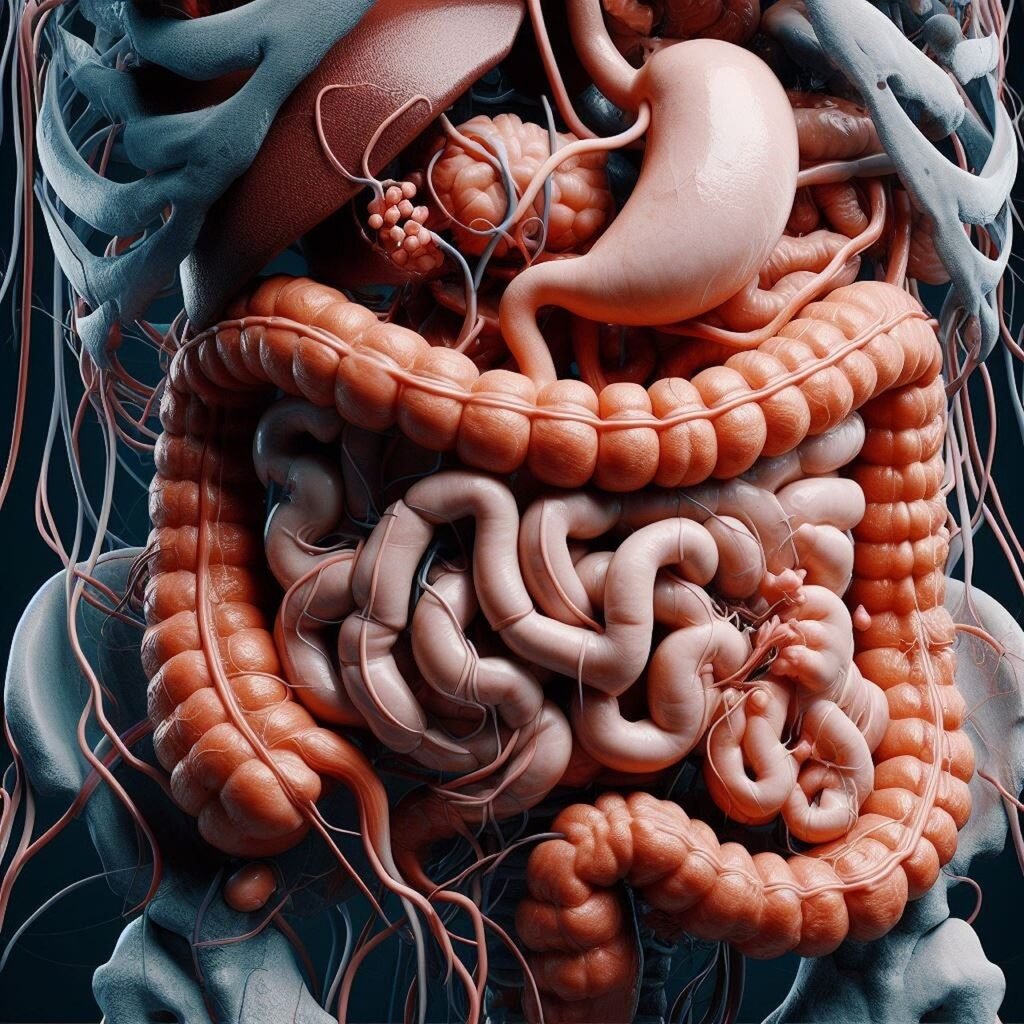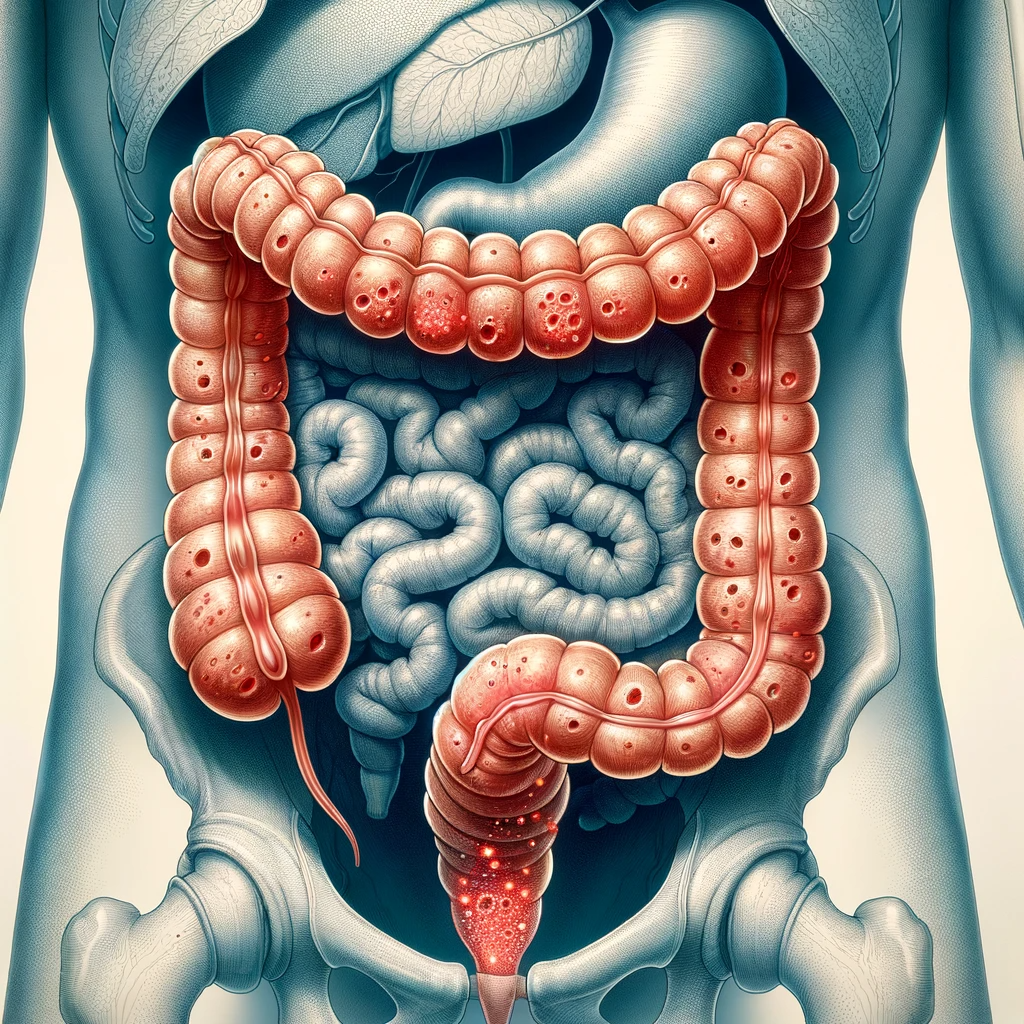Introduction
Understanding the importance of fiber to our health is fundamental in maintaining a balanced diet and an active lifestyle. Fiber is a key nutrient commonly found in fruits, vegetables, grains, seeds, nuts, and legumes. This blog post discusses the substantial health benefits of a high-fiber diet and highlights how the incorporation of fiber-rich foods can contribute to a wellness-focused lifestyle.
What is Dietary Fiber?
Explanation of Dietary Fiber
Often referred to as a form of carbohydrate that the body cannot digest, dietary fiber is primarily found in plant foods. There are two types of dietary fiber, including soluble fiber, which dissolves in water to form a gel-like substance and aids in lowering blood cholesterol and glucose levels, and insoluble fiber, which helps increase stool bulk and enhance the digestive process.
Sources of Dietary Fiber
Foods such as fruits, vegetables, legumes, grains, seeds, and nuts are noteworthy sources of dietary fiber. Whole grains like barley, brown rice, and oats are high in dietary fiber. Consuming these foods in their raw or minimally processed form can provide your body with the most fiber possible.
The Health Benefits of Fiber
Improves Digestive Health
Fiber-rich foods can significantly improve your digestive health. Insoluble fiber aids in increasing stool bulk and preventing constipation. Moreover, fiber-rich diets can contribute to the prevention of digestive conditions like hemorrhoids, diverticular disease, and colon cancer.
Enhances Heart Health
Soluble fiber has heart health benefits as it reduces low-density lipoprotein (LDL), or “bad” cholesterol levels, thereby potentially reducing the risk of heart disease. Research has shown that high-fiber diets can also lower blood pressure and inflammation, enhancing overall heart health.
Promotes Weight Loss
Fiber-rich foods are generally low in fat and calories but high in volume, which makes them a good choice for weight management. Incorporating fiber into one’s diet can lead to feeling fuller, thereby reducing overeating.
Regulates Blood Sugar Levels
Eating a high-fiber diet slows the absorption of sugar, which can control blood sugar levels and reduce the risk of developing type 2 diabetes.
How to Incorporate Fiber into Your Diet
Improve Breakfast Choices
A simple way to begin incorporating more fiber into your diet is by choosing fiber-rich foods for breakfast. Opt for whole grain cereals or oatmeal topped with seeds, nuts or fruits.
Choose Whole Grains
Substituting white bread, pasta, and rice with whole grains can significantly increase fiber intake. Whole grain alternatives are more nutritious and can help fill you up, contributing to weight management.
Increase Your Legume Intake
Legumes such as beans, lentils, and peas are high in fiber and offer the added benefits of being high in protein and low in fat. They can be used in a broad array of dishes, making them a versatile and valuable addition to any diet.
Conclusion
Overall, incorporating fiber-rich foods into your diet brings with it a wide array of health benefits, from improving digestive health and heart health to regulating blood sugar levels and promoting weight loss. By choosing fiber-filled foods and following the practical tips outlined in this blog, you can easily increase your daily fiber intake. Remember that gradual changes are more sustainable in the long term. So, begin with small steps like swapping refined grains for whole grains or adding more fruits and vegetables to your meals. Your body, and particularly your gut, will thank you for the increased attention to your dietary fiber consumption.
Original article: https://www.lifestyleasia.com/ind/beauty-grooming/wellness/fiber-rich-foods-to-boost-digestive-health/


